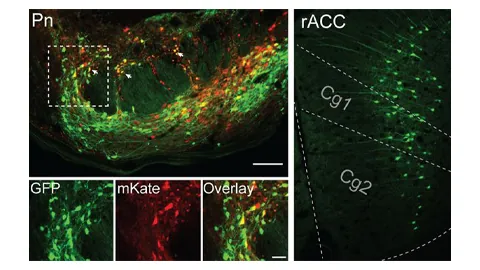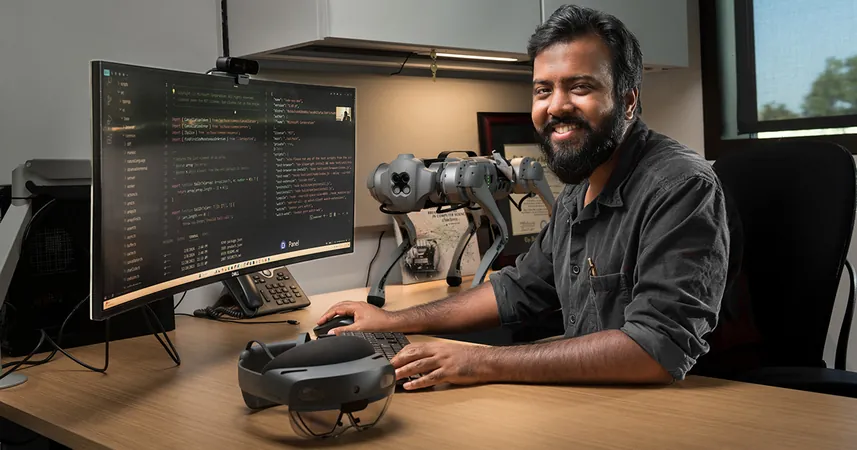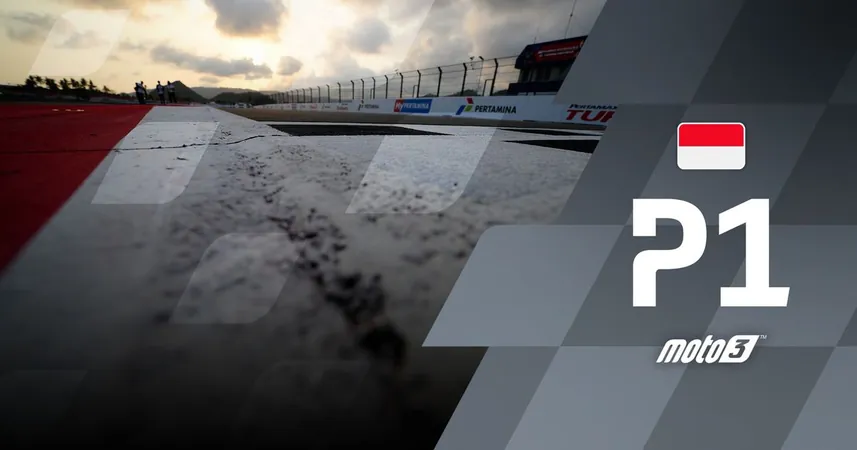
Groundbreaking Research Unveils Brain Mechanisms Behind Placebo Pain Relief
2024-09-21
Introduction
The placebo effect has long fascinated scientists and medical professionals alike, as countless studies reveal its undeniable impact on pain perception. Recent discoveries from a team of neuroscientists at the University of North Carolina School of Medicine, in collaboration with Stanford, the Howard Hughes Medical Institute, and the Allen Institute for Brain Science, have unveiled crucial neural circuits that contribute to the placebo effect, providing fresh insights into how expectations can alter pain responses.
Recent Discoveries
In a compelling study published in Nature, the researchers uncovered a specific pain control pathway connecting the cingulate cortex at the front of the brain, through the pons in the brainstem, and extending to the cerebellum at the back. This revelation changes the previously understood concept of pain circuitry, as lead researcher Greg Scherrer noted, "Our findings suggest that the brain is more interconnected than we previously believed, particularly in relation to managing pain based on what we expect."
Implications of the Discovery
The implications of this discovery are significant. The team demonstrated that certain neurons along this pathway become highly active when subjects (in this case, mice) anticipate pain relief. Interestingly, this activation occurs even in the absence of any analgesic treatment. Scherrer expressed excitement about the potential for new therapeutic approaches, saying that this pathway could be targeted using drugs or neurostimulation techniques to alleviate pain.
Mind-Body Interaction
This revelation adds depth to our understanding of the mind's influence on the body. The findings might also pave the way for further exploration of mind-body interactions in various medical scenarios beyond pain management, as the network of connections offers a platform for investigating other mental and physical health issues.
The Placebo Paradox
The placebo paradox remains a powerful and perplexing aspect of human experience. Despite receiving an inactive treatment—often referred to as a "sham"—many patients still report substantial improvement in their symptoms. This occurrence raises critical challenges in clinical research, as distinguishing between actual treatment effects and placebo responses requires a considerable number of participants.
Research Methodology
The research team's methodological approach was thorough and innovative. By designing experiments that induced an expectation of pain relief in mice, they meticulously studied the anterior cingulate cortex (ACC), a brain region previously linked to the placebo response. Employing an array of advanced techniques—such as genetic neuron tagging, calcium imaging, single-cell RNA sequencing, and optogenetic manipulation—scientists delved into the neurobiological level of the placebo effect, uncovering intricate connections that govern pain perception.
Key Findings
Astoundingly, they discovered that neurons in the rostral ACC communicate with the pontine nucleus, a brain area with no prior association with pain relief. The expectation of relief significantly augmented the signals in this new pathway. Inhibiting this pathway disrupted the placebo effect, while direct stimulation resulted in pain relief, showcasing the pathway's potent role in modulating pain.
Further Observations
Additionally, the researchers observed that Purkinje cells, key constituents of the cerebellum, exhibited activity patterns consistent with ACC neurons during expectations of pain relief, underscoring the cerebellum's involvement in cognitive aspects of pain management.
Conclusion
As Scherrer emphasized, "Our research highlights an urgent need for innovative treatments for chronic pain that lack addictive properties and adverse side effects. We believe this groundbreaking discovery can help redirect pain management strategies to be more effective and safe for patients." This transformative research not only enriches our understanding of the placebo effect but may also lead to revolutionizing pain treatment methodologies while simultaneously shedding light on the remarkable capabilities of the human brain. The quest to harness the power of the mind in healing continues, and this study marks a significant step toward that goal.


 Brasil (PT)
Brasil (PT)
 Canada (EN)
Canada (EN)
 Chile (ES)
Chile (ES)
 España (ES)
España (ES)
 France (FR)
France (FR)
 Hong Kong (EN)
Hong Kong (EN)
 Italia (IT)
Italia (IT)
 日本 (JA)
日本 (JA)
 Magyarország (HU)
Magyarország (HU)
 Norge (NO)
Norge (NO)
 Polska (PL)
Polska (PL)
 Schweiz (DE)
Schweiz (DE)
 Singapore (EN)
Singapore (EN)
 Sverige (SV)
Sverige (SV)
 Suomi (FI)
Suomi (FI)
 Türkiye (TR)
Türkiye (TR)